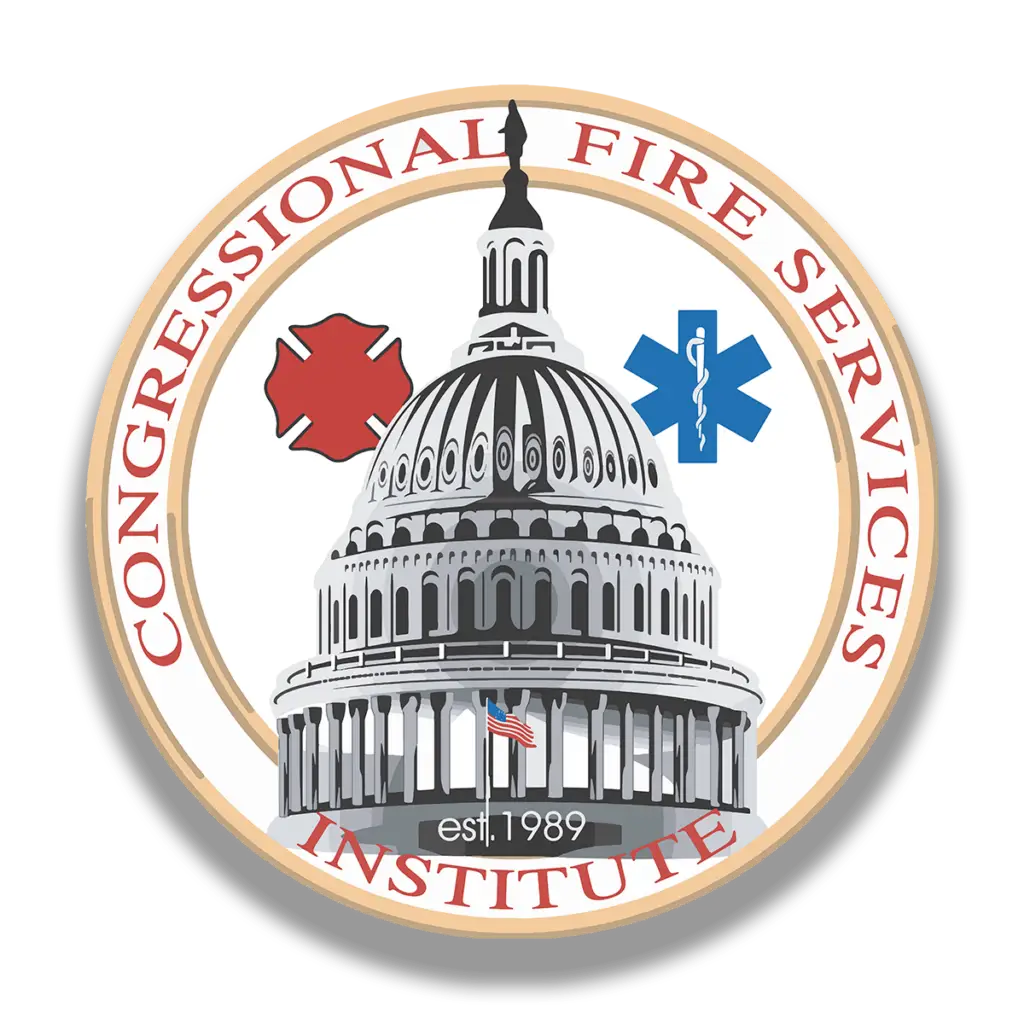Wildfires are causing more destruction than ever before. CFSI works to advocate for the funding, equipment, and other support that the fire service needs to address this growing threat.
What is the wildland-urban interface (WUI)?
The U.S. Fire Administration defines the WUI as the zone of transition between unoccupied land and human development. It is the line, area or zone where structures and other human development meet or intermingle with undeveloped wildland or vegetative fuels.
The WUI area continues to grow by approximately 2 million acres per year.
What is the risk of wildfire in my community?
As the U.S. Fire Administration notes, more than 60,000 communities in the United States are at risk for WUI fires.
Take a look at the Forest Service’s Wildfire Risk to Communities tool to see what wildfire risk looks like in your area.
State and Volunteer Fire Assistance
America’s forests and forest-dependent communities are at risk from outbreaks of pests and pathogens, persistent drought, and the buildup of hazardous fuels. Urbanization and development patterns are placing more homes and communities near fire-prone landscapes, leading to more destructive and costly wildland fires.
The State Fire Assistance (SFA) and Volunteer Fire Assistance (VFA) programs help decrease total federal costs for emergency wildland fire suppression by bolstering local readiness and improving local response in the event of a fire. The programs also reduce the threat of fire to people, communities, and both public and private lands.
Every year, CFSI supports funding for these programs during the appropriations cycle.
Helpful Links
Past Legislation
The bill provides significant funding for a broad range of infrastructure projects; however, the measure contains specific provisions directly benefiting the fire services.
To address the growing threat of wildfires, the measure:
- Provides the Department of the Interior and the Forest Service with approximately $3.4 billion in funding in fiscal years 2022-2026 for land restoration projects, technology and equipment acquisitions, data improvements, communication upgrades, at-risk community tracking, and more.
- Directs the Secretaries of Interior and Agriculture to implement changes in existing policies and procedures addressing the capabilities and safety of wildland firefighting personnel. This includes working with the Office of Personnel Management to create a wildland firefighter occupational series that will provide full-time employment and include duties like reducing hazardous fuels on public lands.
- Establishes a Community Wildfire Defense Grant Program through the Department of Agriculture that awards grants to at-risk communities to develop or improve community wildfire protection plans and carry out projects included in those plans.
- Creates the Wildland Fire Mitigation and Management Commission to study and improve federal policies relating to “the prevention, mitigation, suppression, and management of wildland fires in the United States” and “the rehabilitation of land in the United States devastated by wildland fires.”
Became Public Law No: 117-58 on November 15, 2021.

